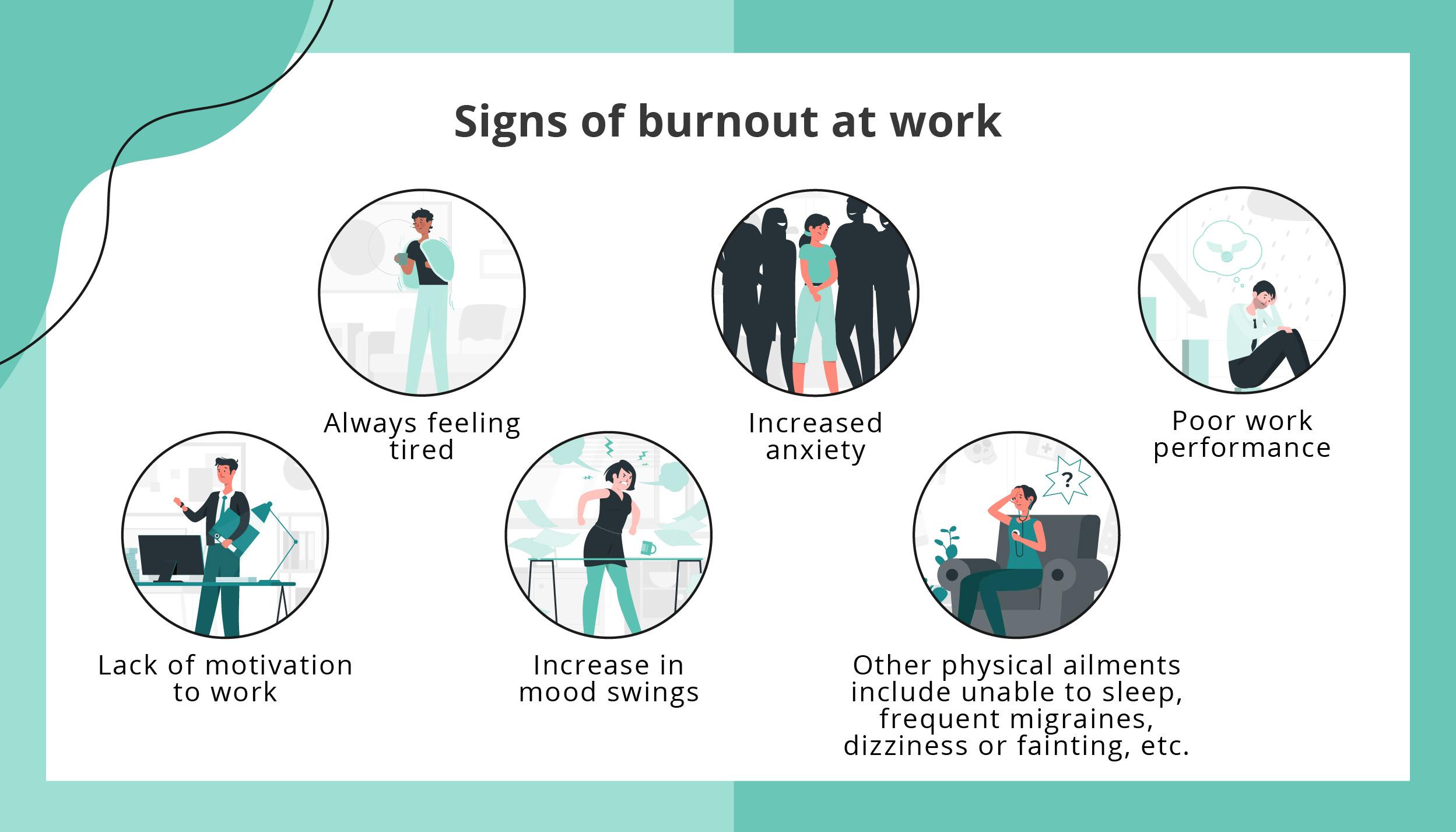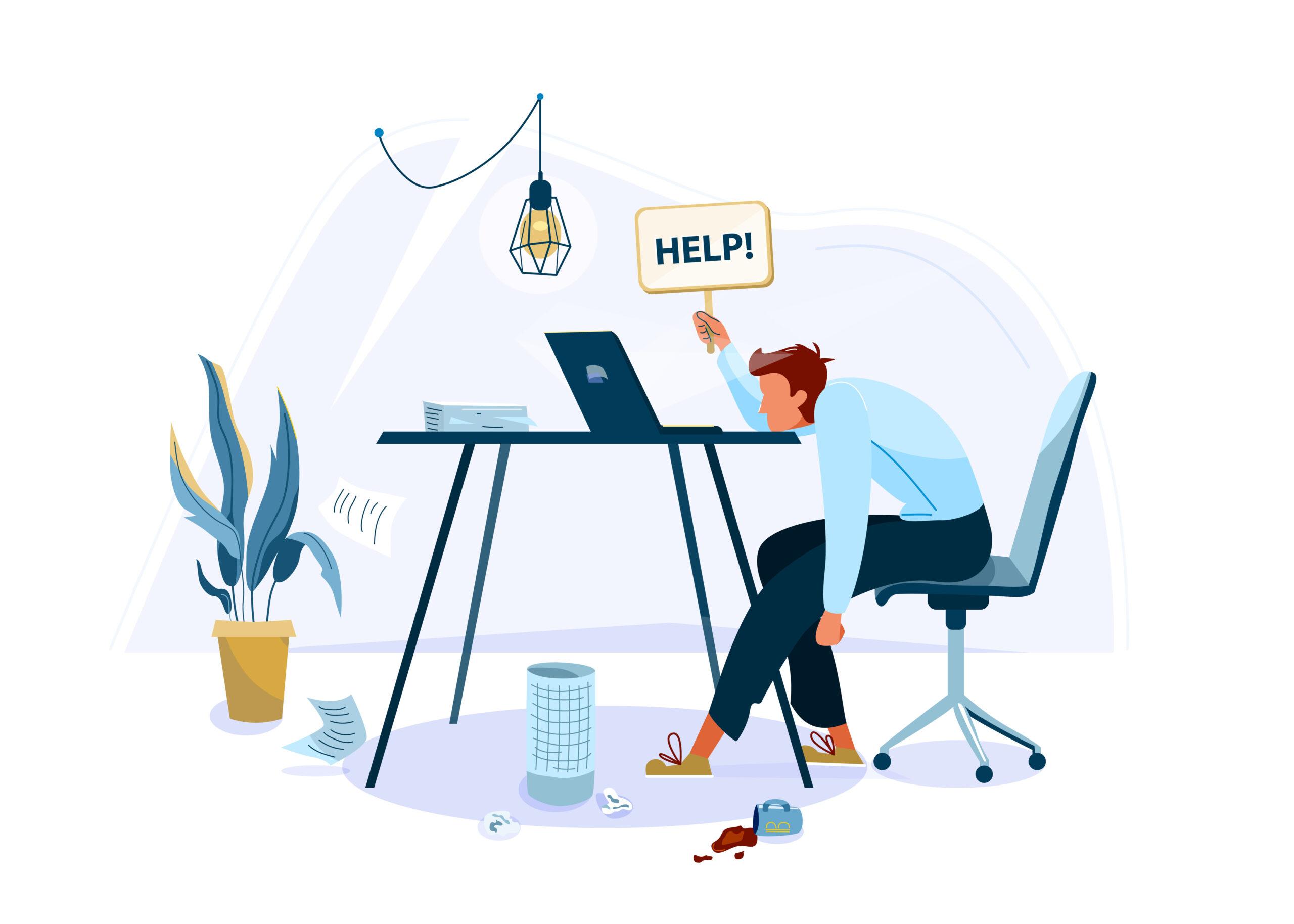The Silent Strain of Workplace Burnout: 9 Risk Factors to Watch For
In the hustle and bustle of modern work life, burnout has emerged as a silent but powerful adversary, silently sapping the energy and joy from even the most dedicated professionals. With long hours, ever-increasing responsibilities, and the constant demand for productivity, many individuals find themselves teetering on the edge of exhaustion without even realizing it. Recognizing the signs and risk factors of burnout is crucial for maintaining both mental health and overall workplace harmony. In this listicle, we’ll delve into nine key risk factors that can signal the onset of this pervasive issue. By exploring these elements, you’ll gain insight into how to identify potential threats to your well-being and the well-being of your colleagues. Join us as we uncover pivotal insights that can empower you to take proactive steps towards a healthier work environment.
1) Lack of Autonomy: When employees feel they have little control over their work, stress levels can rise. This diminished sense of freedom often leads to frustration and disengagement, which are key contributors to burnout. Fostering an environment that encourages decision-making and self-direction can help alleviate this feeling
A workplace devoid of autonomy can significantly impact employee morale and productivity. When individuals feel they lack control over their tasks, stress levels can elevate, leading to persistent feelings of frustration. This sense of being micromanaged—not having the freedom to make decisions or solve problems independently—creates a cycle where disengagement grows. As employees become increasingly disengaged, their connection to their work diminishes, paving the way for burnout. To combat these effects, organizations must focus on empowering their teams with decision-making authority and providing opportunities for self-direction, fostering an environment where employees feel valued and in control.
Creating a culture of autonomy not only enhances job satisfaction but also improves overall organizational performance. When employees are given the freedom to choose how to approach their tasks, they often feel more invested in their work. This can lead to improved motivation, creativity, and innovation within teams. Strategies to support this can include:
- Establishing clear goals while allowing flexibility in how to achieve them
- Encouraging open feedback and involvement in decision-making processes
- Offering professional development opportunities that focus on self-management skills
By fostering an atmosphere that prioritizes autonomy, organizations can directly tackle the stressors linked to burnout while cultivating a more engaged workforce.

2) Insufficient Recognition: Feeling undervalued can slowly chip away at an employees motivation and morale. When hard work goes unnoticed or unappreciated, it creates a disconnect between effort and reward. Implementing a culture of recognition and feedback can significantly bolster engagement and reduce the risk of burnout
Employees thrive on acknowledgment. When achievements go unnoticed, it can lead to a profound sense of disconnection and disengagement. Over time, this feeling of being undervalued not only affects individual morale but can also tarnish the overall workplace atmosphere. Recognizing efforts builds a bridge between input and output, fostering a sense of belonging and purpose. When recognition is part of the daily culture, it serves as a motivating factor that encourages employees to strive for excellence, reducing the risk of burnout significantly.
To cultivate a vibrant environment where recognition flourishes, organizations can implement several strategies:
- Regular Feedback: Providing constructive and appreciative feedback can reinforce positive performance.
- Peer Recognition Programs: Encouraging employees to acknowledge each other fosters camaraderie and team spirit.
- Celebrate Milestones: Recognizing both small victories and major achievements highlights the collective effort and commitment.
Creating a climate of appreciation not only uplifts individual spirits but also enhances the overall productivity of the team, creating a sustainable workforce equipped to handle challenges without the risk of severe burnout.

3) Poor Work-Life Balance: The line between personal and professional life has blurred for many, especially with remote work. When work invades personal time, it can lead to chronic stress and fatigue. Encouraging employees to set boundaries and prioritize downtime is essential for maintaining their well-being and productivity
In the age of remote work, the boundaries between personal and professional lives have become increasingly indistinct. The convenience of working from home is often accompanied by the temptation to remain connected to work around the clock. Many employees find themselves responding to emails late into the night or focusing on work projects during what should be personal downtime. This constant overlap can lead to chronic stress and fatigue, severely impacting overall well-being and productivity. To mitigate these effects, it’s vital for workers to understand the importance of establishing clear boundaries between working hours and personal time.
Setting boundaries is not merely a personal choice but a workplace necessity. Organizations should actively encourage employees to prioritize their downtime and disconnect from work-related tasks outside of regular hours. Simple strategies can make a significant difference, such as assigning specific work hours, incorporating regular breaks, and promoting a culture that respects personal time. Implementing these practices can help reduce feelings of burnout and create a healthier work environment. Ultimately, fostering a culture of work-life balance not only enhances employee satisfaction but also contributes to increased productivity and engagement within teams.

4) Overwhelming Workload: Excessive demands without adequate resources or support can quickly lead to burnout. Employees often feel they are sprinting on a never-ending treadmill. Its crucial for employers to monitor workload levels and ensure that expectations align with available resources and support structures
In the fast-paced world of today’s workplace, many employees find themselves juggling excessive demands that can surge beyond manageable levels. This overwhelming workload often transforms the work environment into a high-pressure setting where stress thrives. Without adequate resources or support, employees may feel as if they are sprinting on a never-ending treadmill, rushing to meet unattainable goals while lacking the tools to succeed. This dynamic can create a vicious cycle where burnout becomes a common outcome, impairing both productivity and job satisfaction. As highlighted in recent studies, the direct correlation between high workload and increased burnout rates is a stark reminder of the challenges many face in their daily roles [2].
Employers play a critical role in mitigating these risks by actively monitoring workload levels and ensuring that staff expectations align with the resources available to them. Implementing effective support structures can make a significant difference in employee morale and retention. Companies should invest in regular assessments to gauge employee stress and seek feedback on workload management. To foster a healthier work environment, consider these strategies:
- Regular check-ins to discuss workload and resources.
- Flexible work arrangements that allow for a better work-life balance.
- Providing training programs to enhance skills and efficiency.
The Conclusion
As we draw the curtains on our exploration of the silent strain of workplace burnout, it’s clear that awareness is the first step toward prevention. The nine risk factors we’ve highlighted serve as a vital reminder that burnout doesn’t always manifest loudly; often, it creeps in quietly, unnoticed until it’s too late. By recognizing these signs in ourselves and our colleagues, we empower ourselves to foster healthier work environments.
So, whether you’re a team leader looking to promote well-being or an employee striving for work-life balance, take these insights to heart. Vigilance, support, and open conversations can transform a busy workplace into a thriving one. Let’s commit to creating a culture where everyone can thrive, avoiding the shadows of burnout as we navigate our professional journeys. Together, we can turn the tide on workplace wellness. Thank you for joining us on this important exploration. Stay alert, stay healthy, and most importantly, take care of yourselves and each other.


